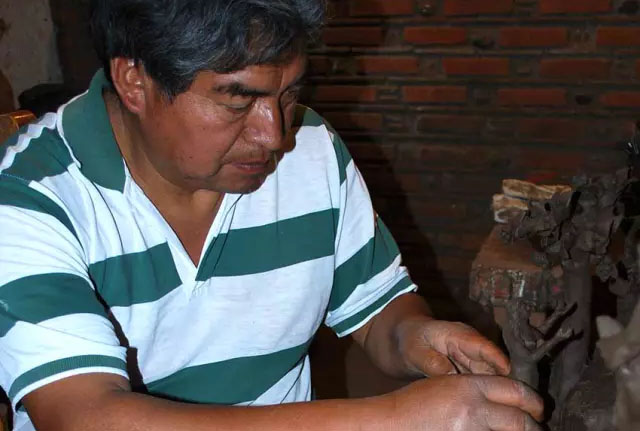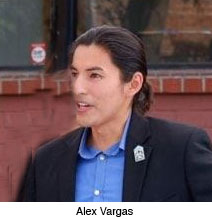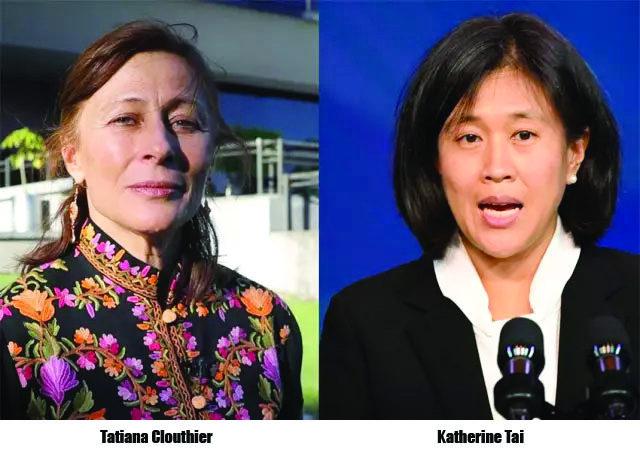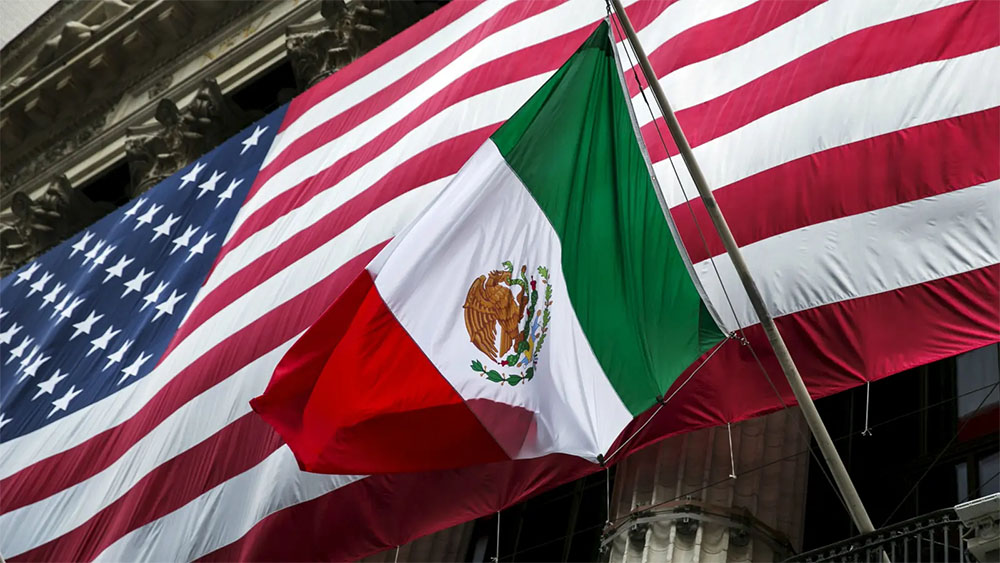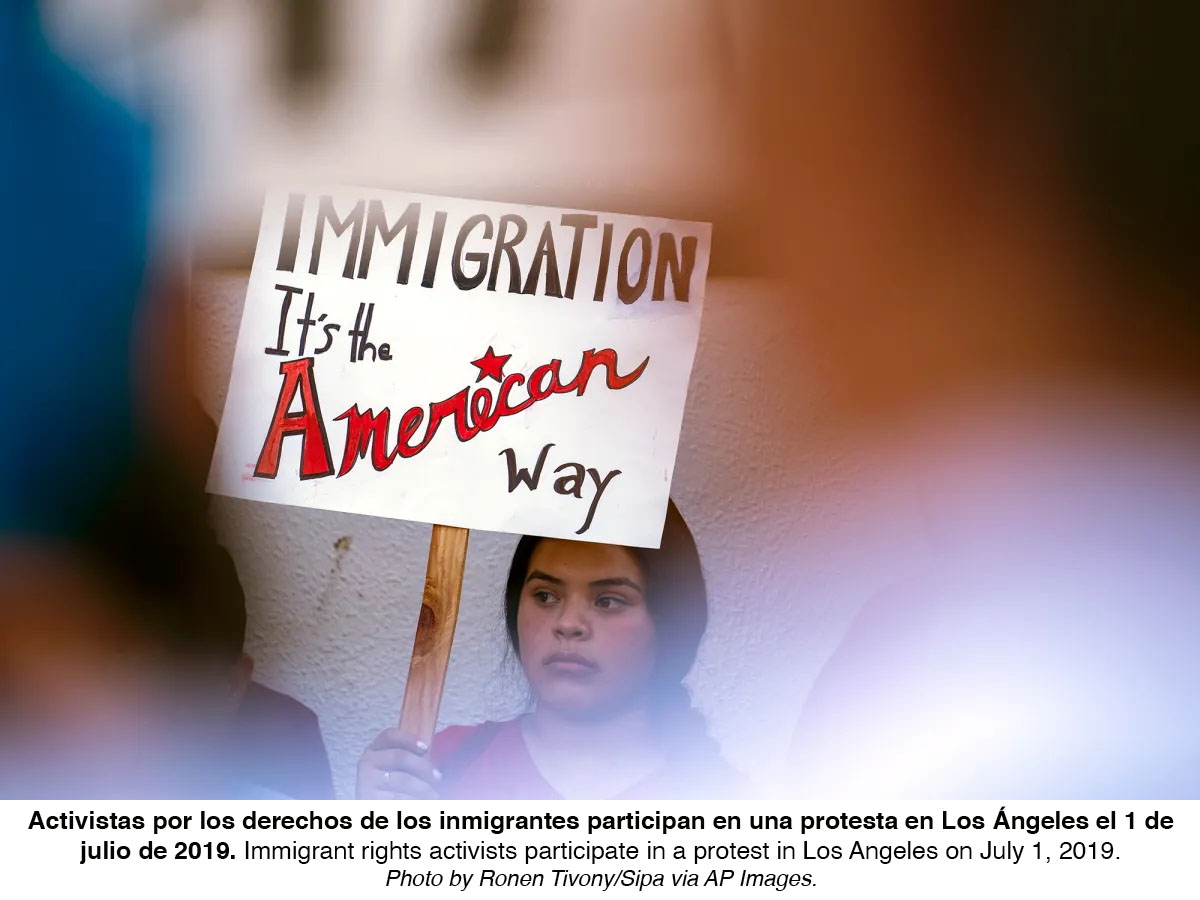by Melissa Montalvo
April 5, 2022 Paula Cortez Medrano has worked in the agriculture industry since she arrived in the U.S. over 25 years ago.
She has labored in the heat of Fresno summers, picking onions, tomatoes, grapes, and garlic and in the freezing temperatures of local produce packing houses, where she would wear two layers of pants to stay warm while assembling frozen fruits and vegetables to be sold in grocery stores across the country.
She contracted COVID-19 during the pandemic and was sent home from work with only two weeks of paid sick leave. It took her 40 days to recover, but when she returned to her packing house job, she was turned away.
“They told me that they had no more work for me, that it was really slow,” she said in Spanish in an interview with The Bee.
The 66 year-old said she thinks she was turned away because of her age; they never called her back to work. Today, she sells tamales as a street vendor in central Fresno, earning an average of $80 a day, much less than the $15 per hour she earned in the packing house.
Because of workers like Cortez Medrano, California Democratic lawmakers want to extend unemployment benefits to undocumented workers, a proposal backed by a new report by the UC Merced Community and Labor Center which makes the case for why the California economy, workforce, and families would benefit.
Introduced last month by Assemblyman Eduardo García, a Democrat from Coachella, and currently under review in the legislature, AB 2847 would create the Excluded Workers Pilot Program, a two-year program that would provide funds to undocumented workers who lose their job or have their hours reduced during the calendar year 2023. The proposal, estimated at $597 million, plus administrative costs, would allow qualifying, unemployed individuals to receive up to $300 a week for 20 weeks.
The report, released Thursday, argues that undocumented workers play a key role in California’s economy, contributing an estimated $3.7 billion in annual state and local tax revenues. Additionally, these workers hold one in 16 jobs in the state, many of whom were deemed “essential workers” during the COVID-19 pandemic because of the risks they took working in the agriculture fields, meatpacking houses, and other key industries.
An estimated 2 million undocumented individuals live in California with about 1.1 million of that population participating in the workforce.
Of the 1.6 million workers in the central San Joaquin Valley, an estimated 7% are undocumented, the report states.
Nearly 38% of noncitizen workers, and more than 61% of children living with noncitizen workers, live in households earning less than a living wage and face chronic and severe housing and food insecurity, the report states. “Unfortunately, such workers face high rates of extreme hardship and do not have access to unemployment benefits.”
The report concludes that the challenges facing undocumented workers are only likely to increase as a result of a number of environmental challenges like wildfires, earthquakes, extreme heat, and drought, piled on top of the ongoing public health crisis the state is already grappling with.
Cortez Medrano said access to unemployment benefits from a pilot program would be “la gloria,” or glory, and that she would use such funds to pay rent, bills, and buy food during her time without stable work.
“I need the help – urgently,” she said in Spanish. “It’s high time.”
Beyond access to unemployment, Cortez Medrano said what she really wants is a work permit to make her job search easier. “I can still work,” she said.
High risk, few safeguards for undocumented workforce
UC Merced researchers found a relationship between in-person work, unemployment benefits usage, and the undocumented workforce.
Workers in the industries with the highest COVID-related deaths also reported the lowest rates of unemployment insurance use.
Immigrants made up nearly 60% of coronavirus-related deaths in California’s industries with the highest rate of pandemic-related deaths. Immigrants were the majority of deaths in agriculture at 83%, landscaping, 81%, food processing, 69%, restaurants and food services, 53%, and building services deaths, 52%.
Undocumented workers in these industries were especially vulnerable because they had no source of wage replacement in the event of job loss. They are excluded from collecting benefits, even though they contribute to the unemployment insurance system.
“Lacking a safety net benefit system, many undocumented workers often felt as if they had no choice but to continue working — facing unlawful working conditions that caused serious risks to their own and others’ health — in order to meet their financial commitments,” researchers said the report.
Access to unemployment benefits could have prevented some of these deaths. “When workers don’t have access to unemployment benefits, they’re more vulnerable,” said Edward Flores, professor of Sociology and researcher at the UC Merced Community and Labor Center.
On the flip side, researchers found that workers in industries that have low rates of in-person work and higher rates of unemployment use didn’t see such high increases in pandemic-related death.
Researchers concluded that “economic aid is an important tool that safeguards the health and wellbeing of workers and their families during a public health crisis.”
California offered some support during the pandemic. Undocumented workers were eligible to receive up to $1,700 in state funds: a $500 COVID-19 Disaster Relief pre-paid card and $1,200 from the Golden State Stimulus Fund.
Still, the report calculated these benefits were 20 times less than the $36,000 in economic aid that California citizen workers received from a mix of unemployment insurance, federal pandemic unemployment compensation, and federal stimulus aid during the first year of the pandemic.
Meanwhile employers in these industries reported record profits during the pandemic. In 2021, Fresno County saw record-breaking production, while meat processing company profits soared during the pandemic.
“Low earnings and a lack of a safety net, however, pose an ongoing threat to the economic stability and wellbeing of workers who created such wealth,” said the report.
Part of the solution, according to the UC Merced researchers, is for the state to address this “policy gap” by taking advantage of the budget surplus and lessons learned from the pandemic.
“It took the Great Depression to create the New Deal and a lot of the worker protections that exist today, like unemployment (insurance) or Social Security,” said Flores of UC Merced.
“Our state is at a similar historical juncture where we experienced a once-in-a-lifetime crisis, but then have an abundance of wealth to think about how to manage,” he said.
California saw a $38 billion state budget surplus in 2021 and a $31 billion surplus in 2022.
“This is an opportunity now for policymakers to close on the policy gaps not just for now, but also for any subsequent public emergencies that happen in the future,” Flores said.
California has extended state benefits to undocumented immigrants. In 2020, the state allowed qualifying low-income undocumented immigrants to qualify for the California Earned Income Tax Credit, a state tax credit worth hundreds of dollars. Last year the state made the historic move of offering public health care to undocumented Californians 50 years and older.
But not everyone agrees with the idea of extending benefits to the undocumented.
During the initial months of the pandemic, when California announced the $125 million emergency relief fund that provided assistance to undocumented workers, The Center for American Liberty and Dhillon Law Group filed a lawsuit to try to block the aid package Newsom had already approved.
Eulalio Gomez, a spokesperson for the Fresno County Republican Party, said the proposed program is a reflection of how Sacramento is “disconnected” from middle-class California residents.
Gomez said undocumented people do “work hard,” but he thinks providing them with unemployment benefits could attract more unauthorized immigration and hurt California’s citizen workforce.
“I think there could be negative impacts on unions and union members if you continue incentivizing people to come here,” he said.
But the UC Merced researchers say there isn’t any evidence this would happen.
“It hasn’t happened when we expanded health coverage; it hasn’t happened when we removed exclusions to the CalEITC (Earned Income Tax Credit),” said Ana Padilla, executive director of the UC Merced Community and Labor Center. “There is no reason to believe it would happen in this case.”
In addition, Padilla said, many recent migrants have been moving away from California in recent decades due to the high cost of living, which is causing the state’s workforce to shrink.
‘There’s no water, there are no jobs,’ say some Valley farmworkers
An estimated 852,065 immigrants in California lost their jobs when the pandemic first hit in the spring of 2020, including 357,867 undocumented workers, according to a separate June 2020 policy report from the UC Merced Community and Labor Center.
The state’s frontline workers are facing additional threats posed by climate change phenomena, which will impact the number of jobs available to such workers, resulting in displacement and income loss, said the report.
Already an estimated 8,745 full and part-time jobs were lost last year due to the drought in the Central Valley, the Russian River Basin, and Northern Intermountain Valleys regions.
The undocumented workforce has been in decline over the past decade, according to Flores of UC Merced, and the number of people retiring is growing — developments that are causing “seismic” demographic changes in the state’s workforce.
“We need to have a workforce that’s supported by the state that can continue to (afford to) live in the state,” he said. “Otherwise, the state’s workforce is going to continue to shrink and the economy is going to have trouble growing.”
Carlos Morales left his home in Coquimatlán, Colima, a small coastal state in Mexico, to work in California’s Central Valley over 15 years ago.
The 40-year-old has worked in Fresno County’s agriculture fields, harvesting crops like peaches, nectarines, plums, and more. Now he worries about future job prospects for himself and his fellow undocumented workers. “There are many fields where the farmers have stopped growing,” Morales said in Spanish in an interview with The Bee.
Word is starting to spread among certain parts of the county workforce that “no hay agua, no hay trabajo,” said Morales. “There’s no water; there are no jobs.”
If the proposed Excluded Workers Pilot Program is approved, California would join states such as New York and Colorado that have recently launched similar initiatives. New York’s Excluded Worker’s Fund has distributed $2 billion dollars to over 128,000 undocumented New Yorkers, while Colorado’s Left Behind Workers Fund distributed millions of dollars to thousands of undocumented workers.
As for Morales, he said he wants state and federal leaders to know that undocumented workers have labored constantly during the pandemic, and should be helped in return.
“Supposedly we were essential workers,” Morales said. “We’re making this country strong.”
“Volteen a vernos un poquito más,” he said. “Turn around to see us a little bit more.”
– Melissa Montalvo is a reporter with The Fresno Bee and a Report for America corps.

